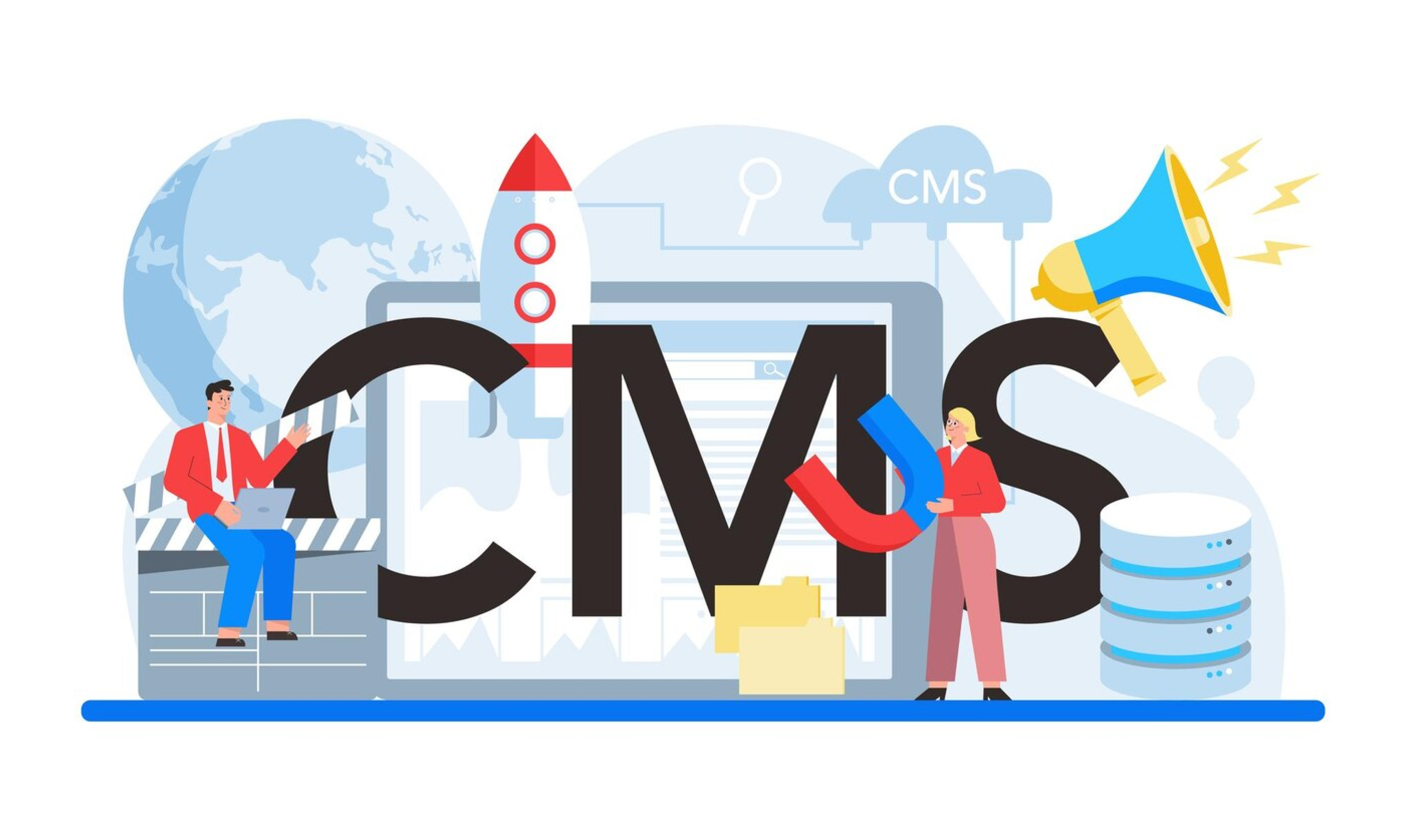
Consumer prices rose less than expected in November, the second-straight month inflation pressures moderated more than anticipated by economists.
The Consumer Price Index (CPI) for November showed a 7.1% increase in prices over last year and a 0.1% increase over the prior month, the Bureau of Labor Statistics said Tuesday. Economists had expected prices to rise at a 7.3% clip over last year and 0.3% month-over-month, per Bloomberg data.
On a “core” basis, which strips out the volatile food and energy components of the report, prices climbed 6.0% year-over-year and 0.2% over the prior month. Consensus estimates called for a 6.1% annual increase and 0.3% monthly rise in the core CPI reading.
The report propelled U.S. stocks forward and sent Treasury yields lower as Wall Street weighed the implication of softer prints on Federal Reserve policy.
While November’s figures showed a modest deceleration in inflation, the costs of essential items and housing facing U.S. consumers still remain stubbornly high and well above the Federal Reserve’s long-term price stability target of 2%.
The Fed has raised interest rates aggressively this year — from a range of 0%-0.25% at the start of the year to 3.75%-4% currently — in an effort to slow the economy and tamp down rising prices. The central bank is expected to lift the target range for its benchmark interest rate by an additional 0.50% tomorrow.
“Another downside inflation surprise not only validates a Fed decision to slow the pace of rate hikes, it also raises hopes that the inflation surge may actually be tamed within the next 12 months,” Seema Shah, chief global strategist at Principal Asset Management said in emailed comments.
“Yet, Powell will likely maintain an element of caution in his comments tomorrow,” Shah added, pointing to wage inflation from a continuously strong labor market that still poses a problem for Fed officials.
November’s jobs report released earlier this month showed non-farm payrolls rise by 263,000, bringing the three-month average to a robust 272,000 and revising away the moderation in average hourly earnings. The labor force participation rate fell to 62.1%, suggesting a substantial amount of job openings remain — a factor that continues to put upward pressure on wages.
“The difference between inflation at 5% and inflation at 3% next year lies in the ability of the Fed to slow the labor market further, which likely requires further monetary tightening and absolutely no rate cuts,” Shah said.
The Fed keeps a closer eye on “core” inflation, which offers policymakers a more nuanced look at inputs like housing. The headline CPI figure, in contrast, has moved largely in tandem with erratic energy prices this year.
The energy index declined 1.6% for the month after a 1.8% rise in October. The downshift was driven in part by a 2% slide in the gasoline category of the measure after gas prices rose 4% in October.
While falling energy prices sent headline inflation lower last month, the shelter category of CPI — which accounts for 30% of overall CPI and 40% of the core reading — was the dominant contributor to the monthly all-items increase and more than offset declines in energy indexes. The cost of shelter rose 7.1% over the last year, comprising nearly half of the total increase in core CPI, the Bureau of Labor Statistics said.
“Housing costs have a unique, symbiotic relationship with inflation,” Bright MLS Chief Economist Lisa Sturtevant said in a note.
In a speech at the Brooking Institution in Washington D.C. last month, Federal Reserve Chair Jerome Powell emphasized housing inflation has risen rapidly, while inflation in other core services “has fluctuated but shown no clear trend.”
Meanwhile, food prices rose 0.5%, little changed from the 0.6% increase seen in October.
Elsewhere in the release, the index for used cars and trucks fell 2.9%, the fifth consecutive decline for that component of the report. The cost of medical care also fell 0.5% in November, the same percentage decline seen in October.
In contrast, the indexes for communication, recreation, motor vehicle insurance, education, and apparel all saw increases.
—
Alexandra Semenova is a reporter for Yahoo Finance. Follow her on Twitter @alexandraandnyc
Click here for the latest economic news and economic indicators to help you in your investing decisions
Read the latest financial and business news from Yahoo Finance
Download the Yahoo Finance app for Apple or Android
Follow Yahoo Finance on Twitter, Facebook, Instagram, Flipboard, LinkedIn, and YouTube






